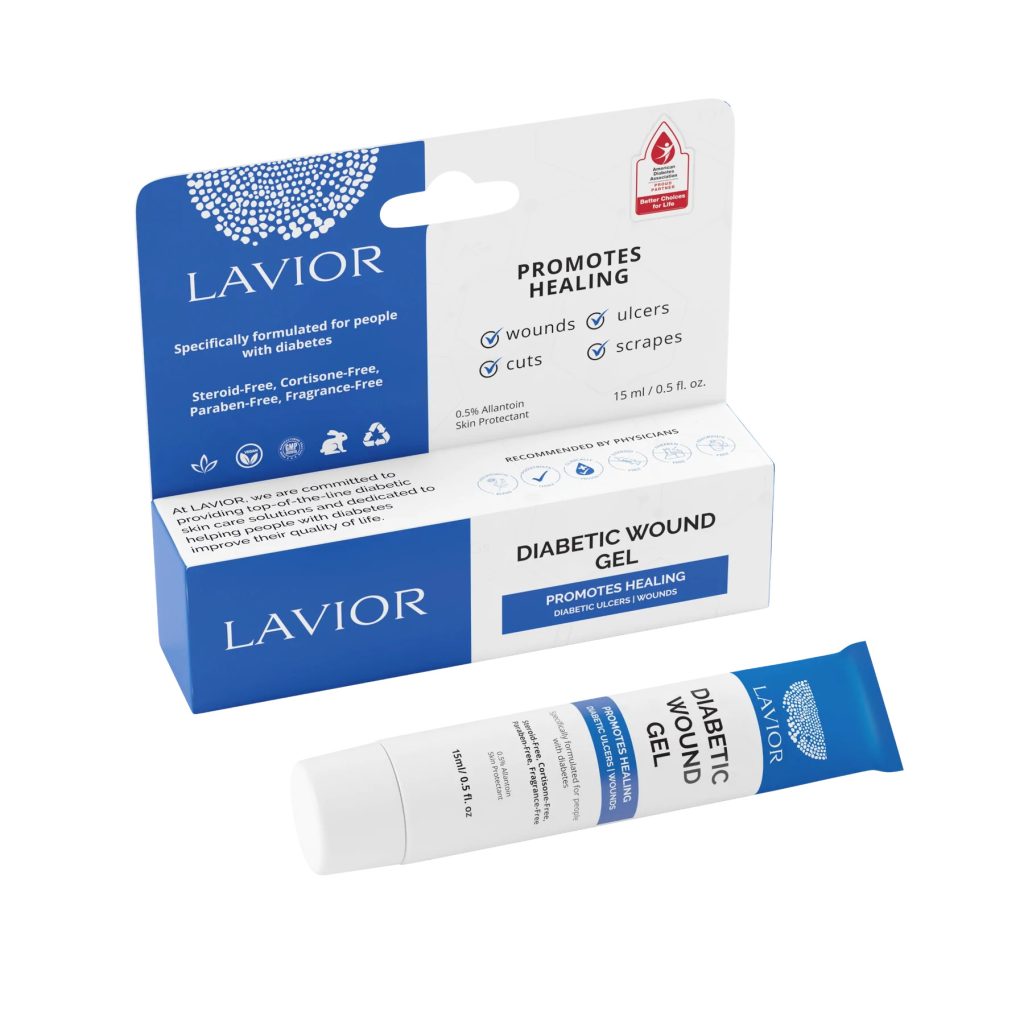For millions of people around the world, insulin pumps have become a lifeline, providing a convenient and effective way to manage their diabetes. Only in the United States, more than 350,000 diabetic patients are using insulin Pumps. However, these devices also come with a hidden risk: infections at the insertion site. These infections, if left untreated, can lead to serious complications, including hospitalization and even amputation.
Prevalence of Pump Site Infections
The prevalence of pump site infections varies based on several factors, including pump usage time, frequency of site changes, and individual cleanliness behaviors. The most prevalent insulin pump problem is catheter site infection. According to studies, 10% to 32% of pump users will have infections at some point.
A study published in the medical journal Diabetes Technology & Therapeutics reported that insulin pumps are linked to the development of eczema, scarring, and lesions, and dermatological complications were observed in one out of every three patients. Moreover, dermatological problems can impair insulin absorption or even result in the cessation of treatment with an insulin pump.
Grave Consequences of Untreated Infections
While most pump site infections are treatable with antibiotics, early intervention is crucial. If left untreated, these infections can spread to the deeper tissues, leading to abscesses, cellulitis, and osteomyelitis. Lauren Bongiorno discusses her tale of battling two pump site infections that required her to visit the emergency room, and was admitted to the hospital for three days twice in 2.5 years. She emphasizes the significance of precise site care and the emotional toll that these diseases can cause. Click Here for the whole story.
Management Strategies for Preventing Infections
Fortunately, there are several steps you can take to minimize the risk of pump site infections:
- Maintain strict hygiene: Wash your hands thoroughly with soap and water before and after inserting or changing your infusion set. Clean the insertion site with alcohol before insertion.
- Rotate infusion sites: Don’t reuse the same site for more than 3-5 days. This helps to prevent bacteria from building up.
- Promptly report any concerns to your healthcare provider: Don’t hesitate to seek medical attention if you suspect an infection.
- Monitor your sites: Look for signs of infection, such as redness, swelling, pain, or drainage.
Lavior Diabetic Wound Gel can be used on the infected region to assist and prevent the infection from worsening while also protecting and healing the pump site. Its natural ingredients deliver powerful results, accelerating healing and minimizing scarring.
Click here for more tips and tricks for those using Insulin Pump
Do not let your wounds slow you down. Take charge of your healing with Lavior Diabetic Wound Gel. Order yours today and see the difference!
Sources:
Berg, A. K., Nørgaard, K., Thyssen, J. P., Zachariae, C., Hommel, E., Rytter, K., & Svensson, J. (2018). Skin problems associated with insulin pumps and sensors in adults with type 1 diabetes: a cross-sectional study. Diabetes technology & therapeutics, 20(7), 475-482.
Demir, G., Er, E., Atik Altınok, Y., Özen, S., Darcan, Ş., & Gökşen, D. (2022). Local complications of insulin administration sites and effect on diabetes management. Journal of clinical nursing, 31(17-18), 2530-2538.
McAdams, B. H., & Rizvi, A. A. (2016). An overview of insulin pumps and glucose sensors for the generalist. Journal of clinical medicine, 5(1), 5.
Nowakowska, M., Jarosz-Chobot, P., & Polańska, J. (2007). Bacterial strains colonizing subcutaneous catheters of personal insulin pumps. Polish journal of microbiology, 56(4), 239.












